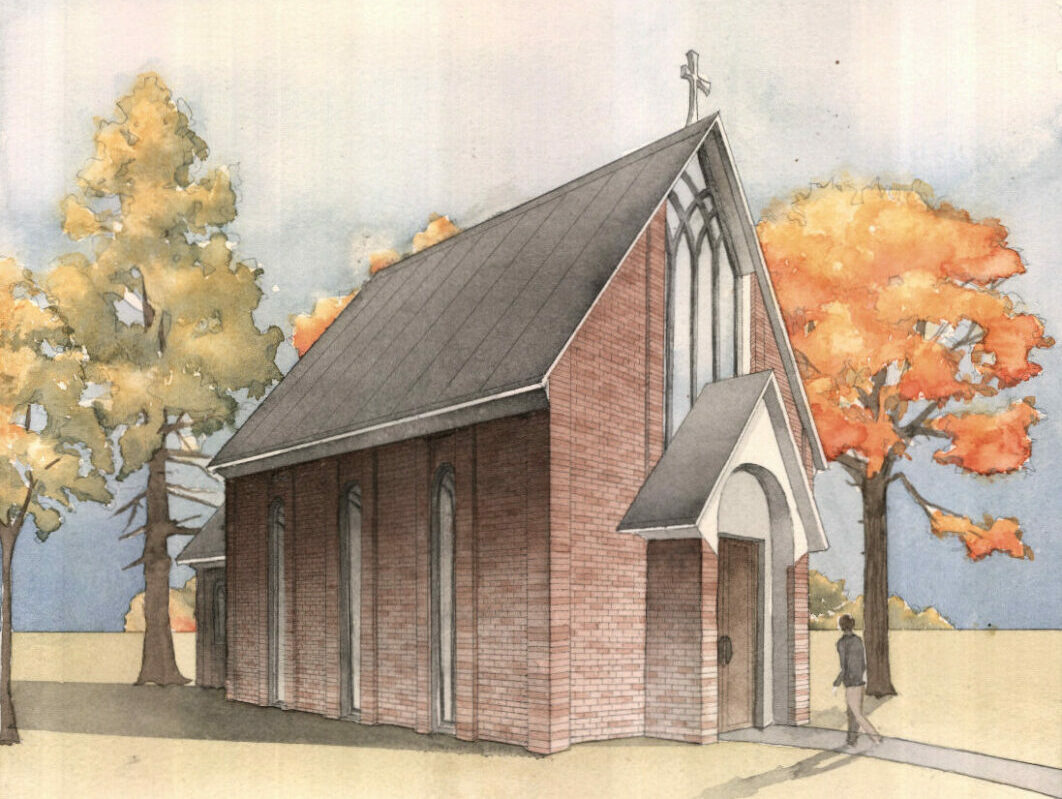Amidst the rugged terrain of the Norwegian countryside sits a collection of strong, finely detailed timber buildings. They represent the strongholds of humanity within a cold, wind-battered landscape broken only by the vertical lines of pine and spruce forests. More than many other types of vernacular architecture, the traditional buildings of Norway are defined by the relationship of humans and the natural world and the artistry that develops through years of this coexistence.
My analysis of this architecture focuses on three scales: the rural/urban scale, the building scale, and the detail scale. My goal of this analysis is to understand why this style of architecture developed as it did and to take from it lessons on how efficient and beautiful buildings can develop in harmony with their construction, materials, and setting.







